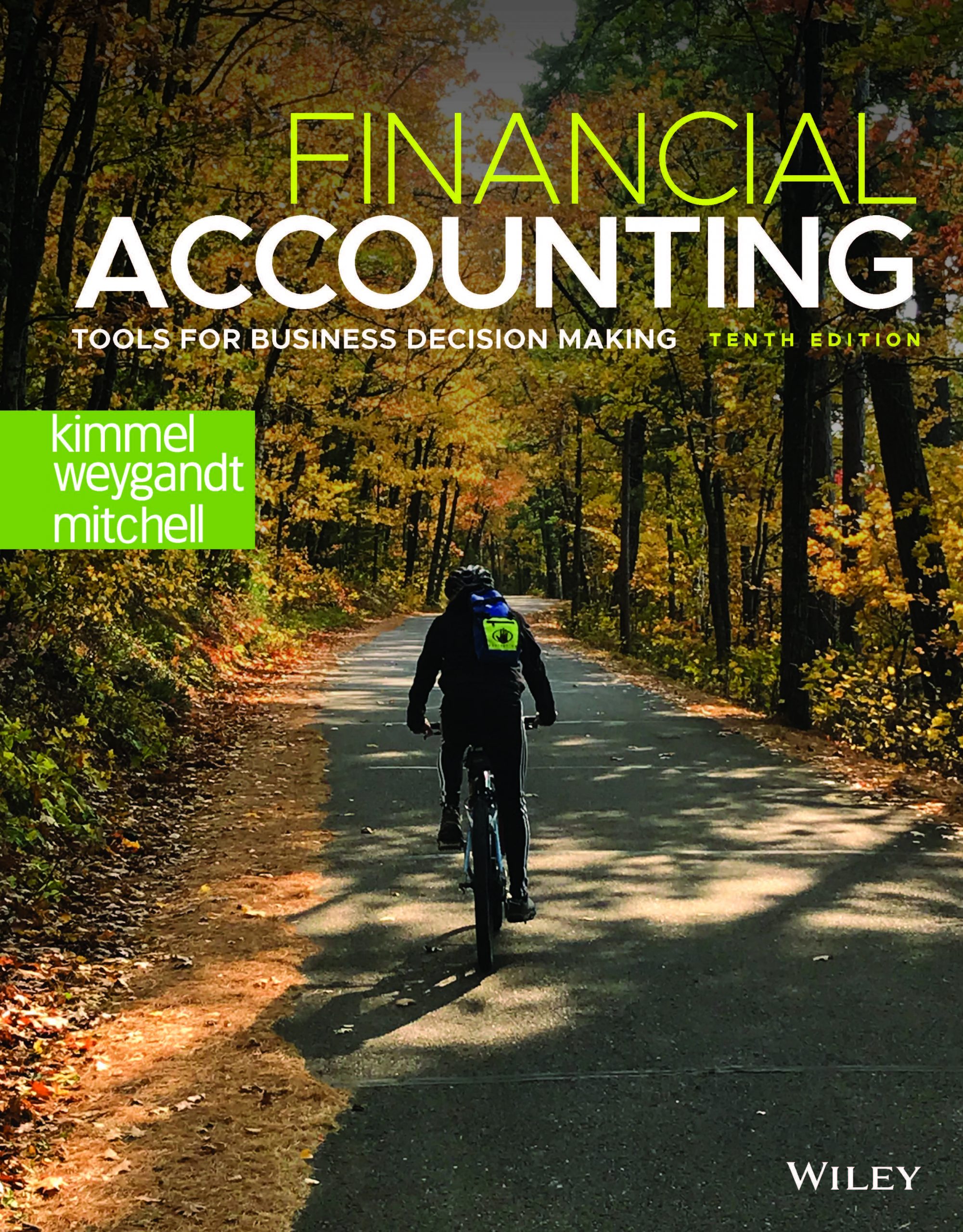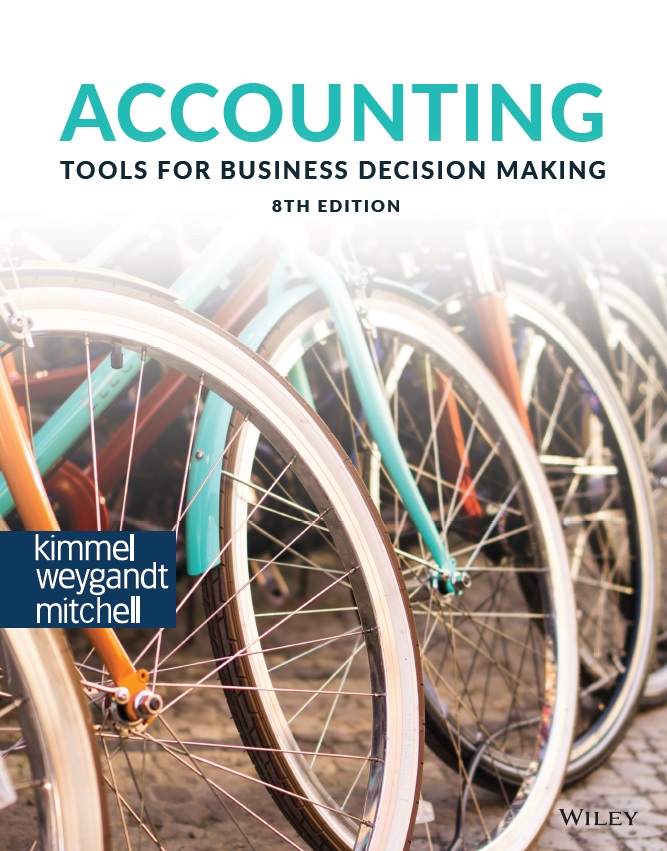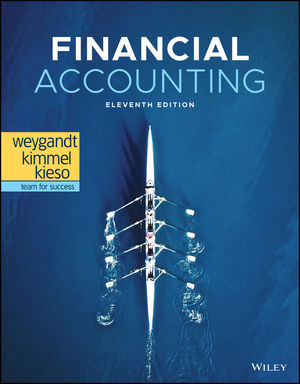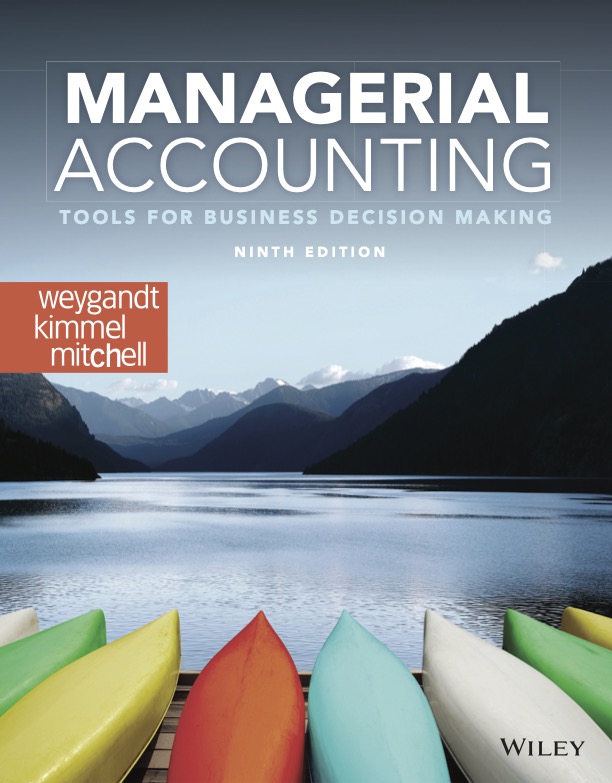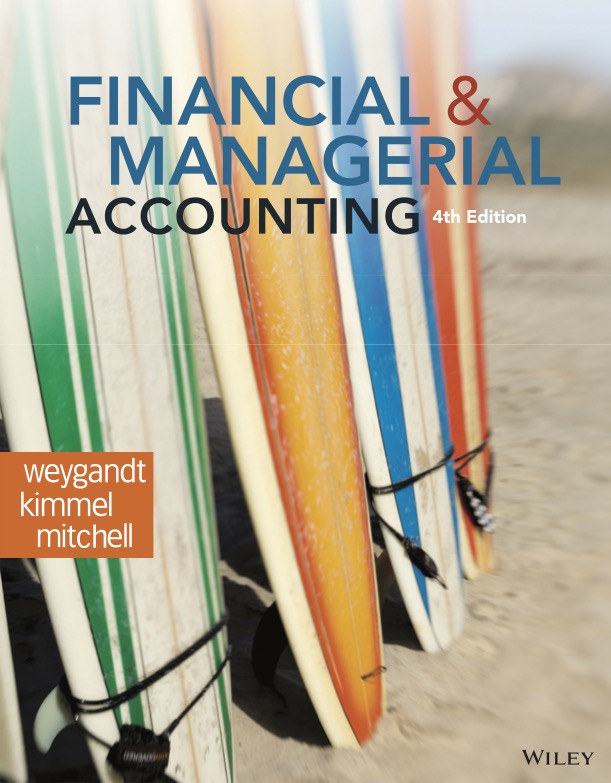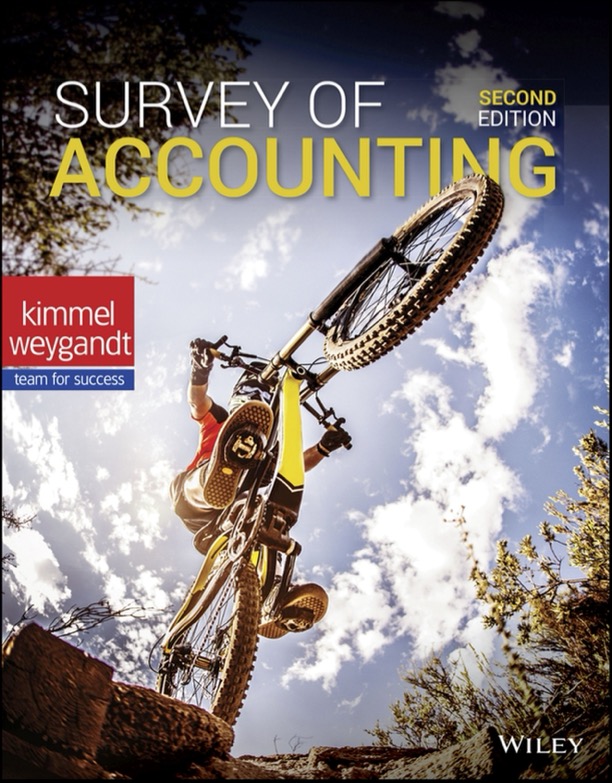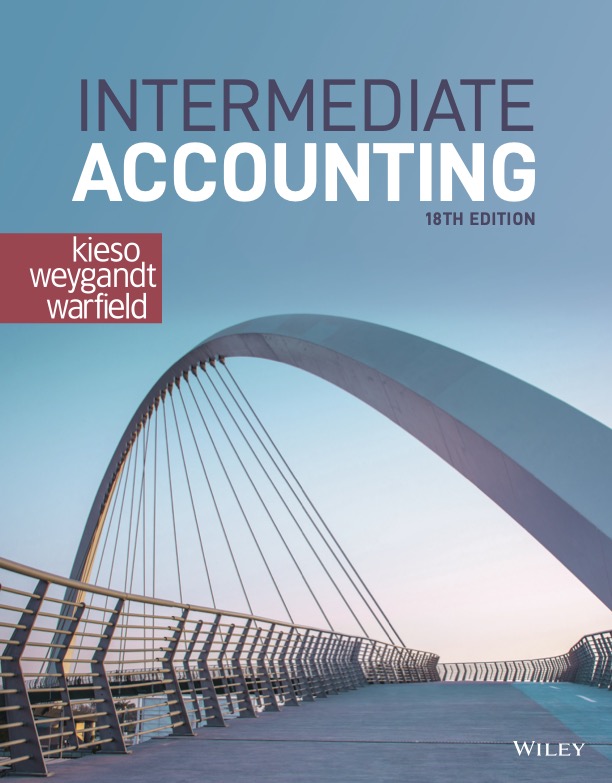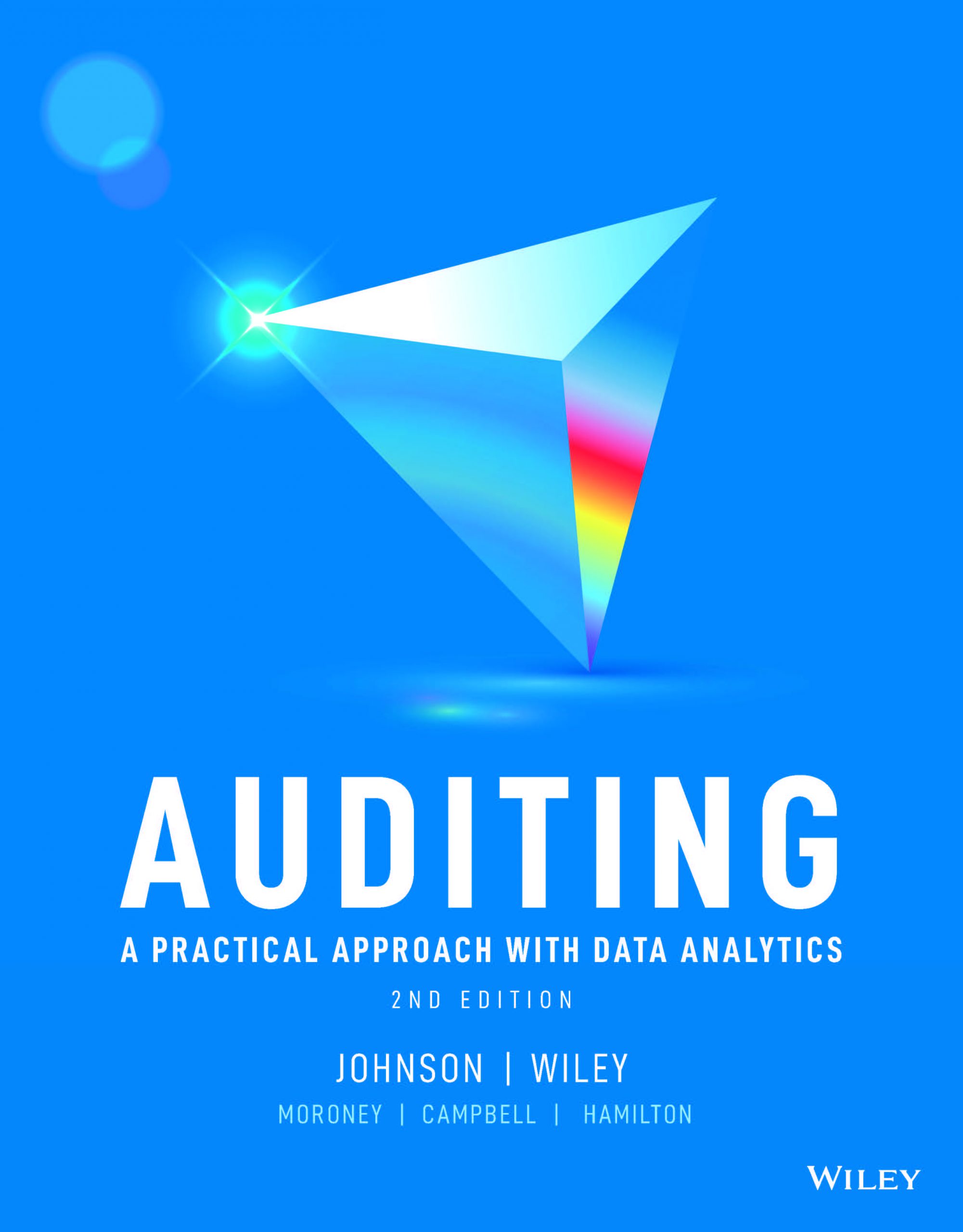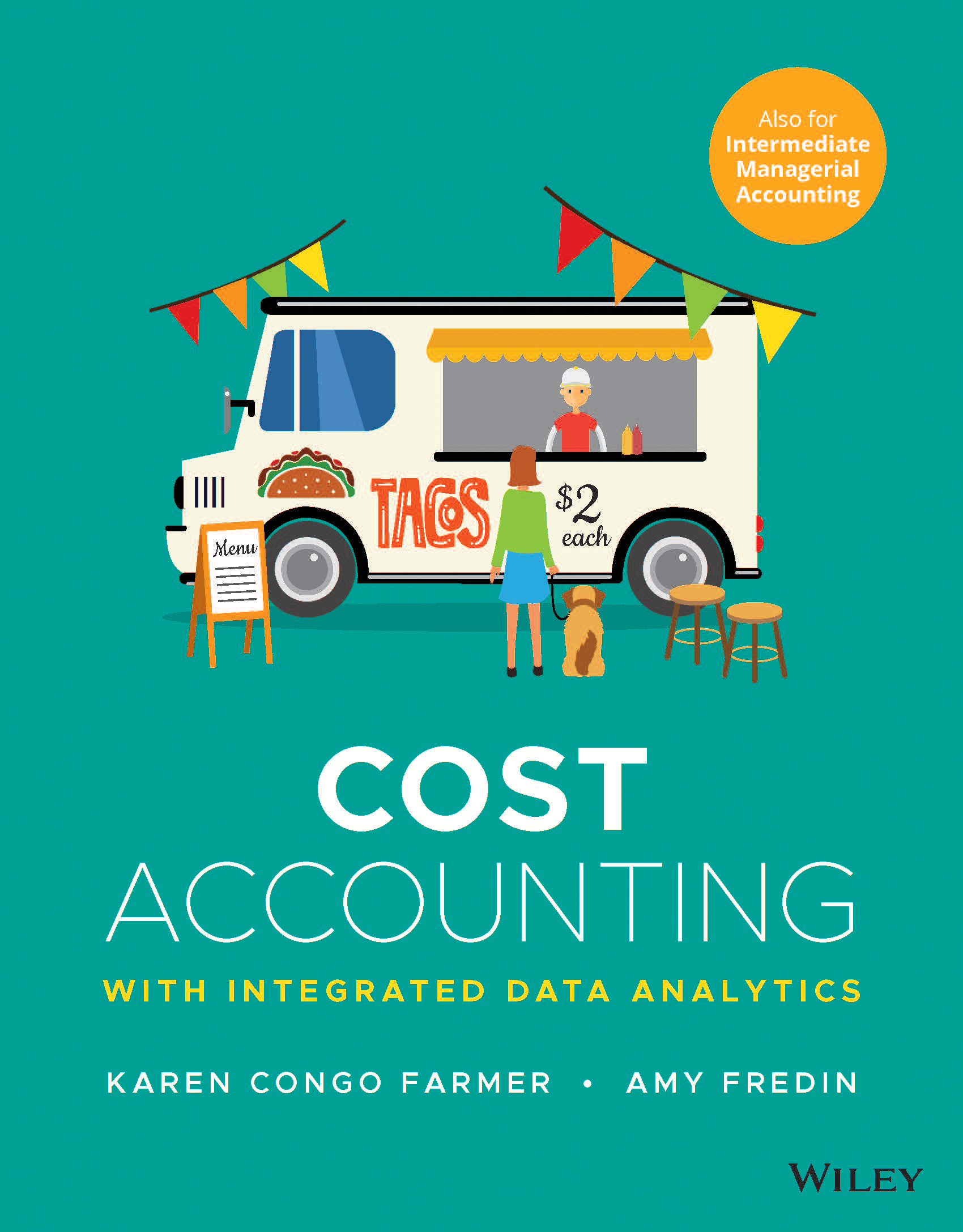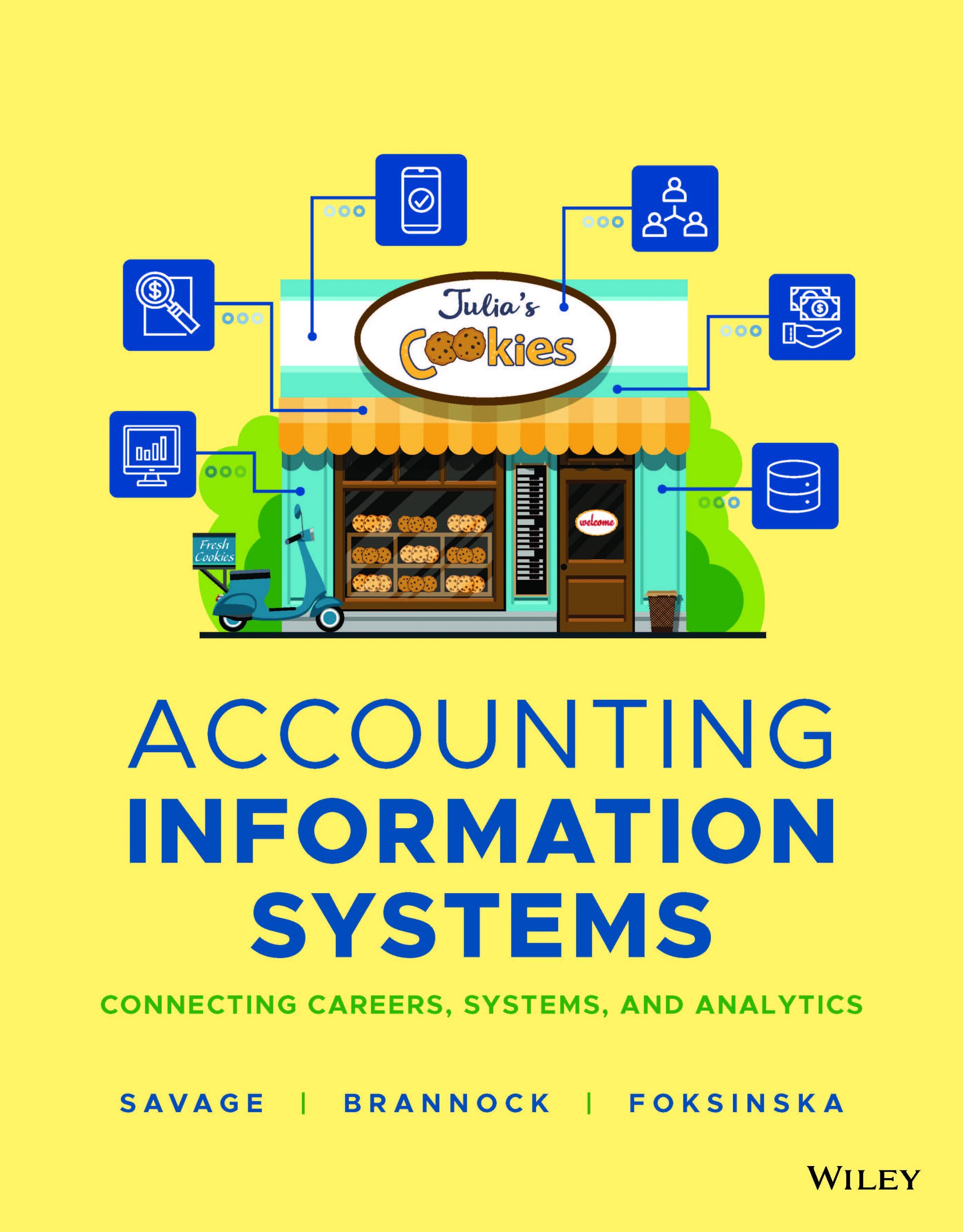According to Stacy Cowley of the New York Times, only around 1.5 percent of self-employed taxpayers are audited each year. Audits are not random, because the IRS has a secret algorithm that calculates how likely each taxpayer is to have unreported income. In looking at sizing up the honesty of small-business owners, the Taxpayer Advocate Service, an independent office within the I.R.S., has found that there are certain geographic areas where tax dodging among sole proprietors is more prevalent.
Questions:
1. Where are the tax dodging clusters?
2. Where are the high tax compliance areas?
3. According to the article, what typically happens after an audit for a small business?
4. What finding from the research was most interesting to you and why?
Source:
Cowley, S. (2016). Why the I.R.S. Fails to Crack the Small-Business Tax Nut. The New York Times, June 15 (Retrievable online at http://www.nytimes.com/2016/06/16/business/smallbusiness/why-the-irs-fails-to-crack-the-small-business-tax-nut.html)


